Four generations of the Cartier family business revealed
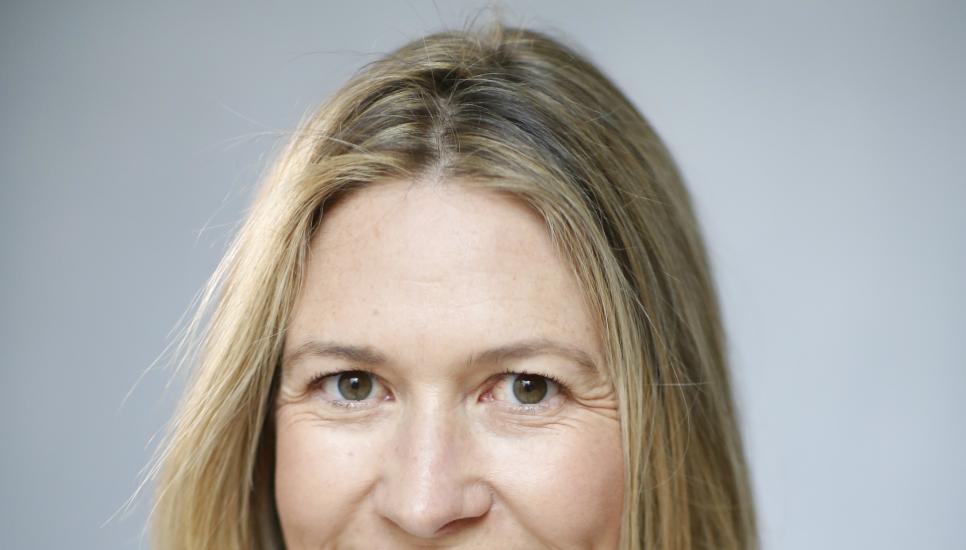
The story of the family behind Cartier and the three brothers who turned their grandfather’s humble Parisian jewellery store into a global luxury icon is vividly told by descendant Francesca Cartier Brickell in her new book.
In this abridged extract from The Cartiers: The Untold Story of the Family Behind the Jewellery Empire, Francesca recalls her discovery of hundreds of private letters which transformed her understanding of her family and her family’s legendary business.
My grandfather had been part of the fourth generation of the Cartiers to join the renowned family business, and the last of that generation to run a branch before it was sold out of the family in the 1970s. His father, Jacques Cartier, must have been the original owner of the trunk. Here, I realized as I thumbed through the letters, was the story of a family firm that created some of the most revered jewellery of all time for the world’s biggest names.
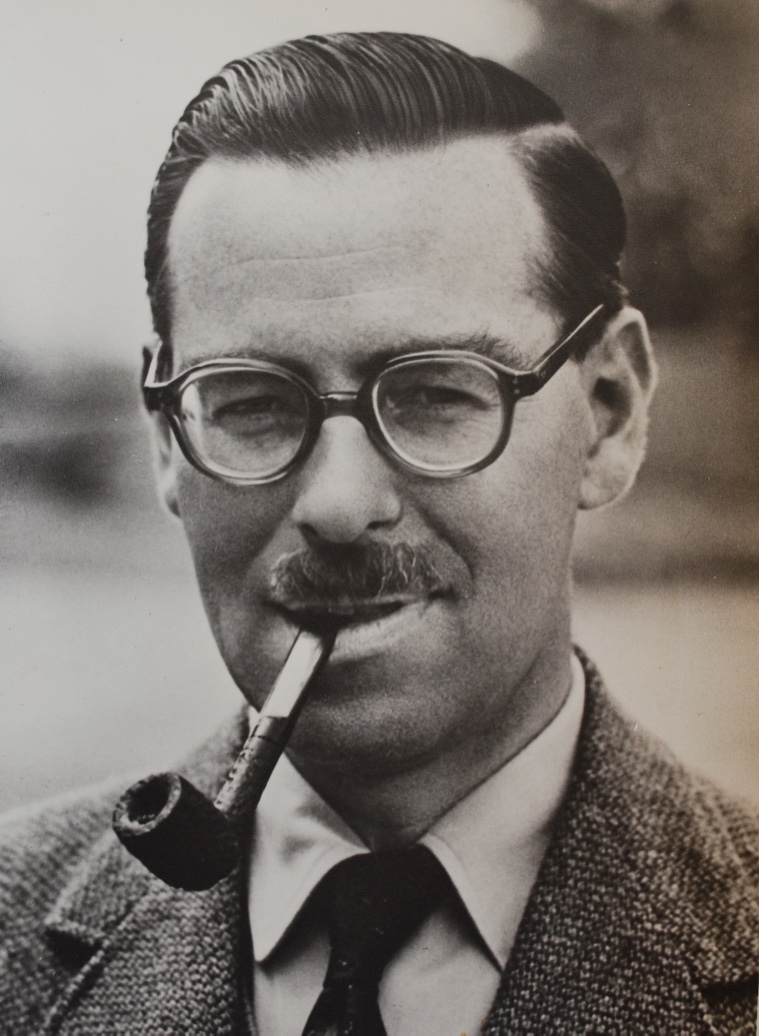
That single case would, in time, open a window onto opulent Romanov balls, glamorous coronations, and extravagant maharajas’ banquets. Royalty, designers, artists, writers, politicians, socialites, and movie stars would spring to life. I was soon to learn how King Edward VII of England, Grand Duchess Vladimir of Russia, and Coco Chanel featured alongside the Duchess of Windsor, Elizabeth Taylor, Grace Kelly, and Queen Elizabeth II in Cartier’s rich history. And how linking them all were the jewels. Emeralds as large as bird's eggs, ropes and ropes of perfectly pink pearls, cascades of rare coloured diamonds, cursed gemstones, extraordinary sapphire tiaras, and the lightest, brightest diamond corsage ornaments.
But the letters also told a very human story. As I would discover, along with accounts of diamonds and glamour there were letters from homesick children and concerned parents. There were joyful telegrams on the birth of a baby and grief-stricken ones carrying news of deaths. There were love letters, angry missives, and correspondence colourful with news and excitement from foreign lands.
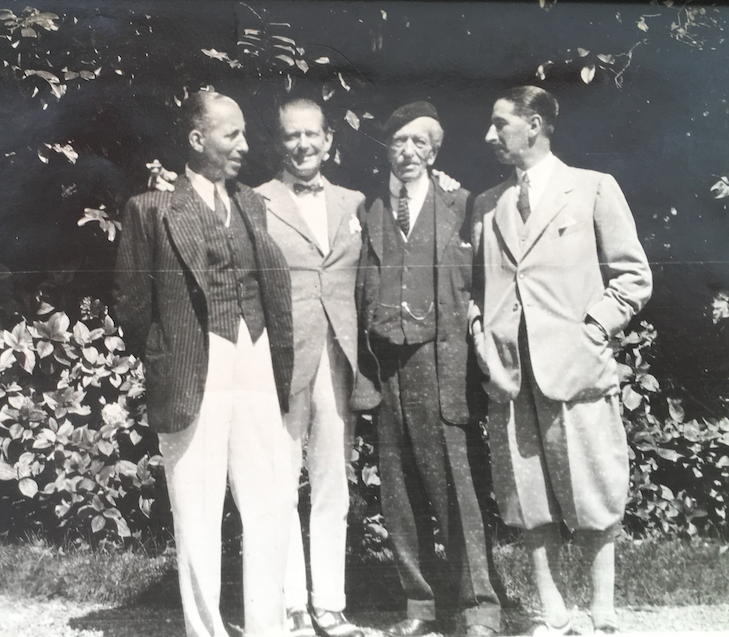
There were pages written in hope and others scrawled in fear. There were words from a father offering guidance through new ventures, and there were airmail envelopes between brothers, squeezed full of shared problems, successes, and an unbreakable bond.
My grandfather had sometimes spoken of old correspondence passed down from his parents, but he had never been able to find it.
He was resigned to the idea that it must have been lost or mistakenly thrown out in his move to France. As I returned to him on the terrace, without the promised champagne (later to be discovered in a cupboard under the stairs), I was able to surprise him with a bundle of the letters he had assumed were lost forever. He was thrilled.
…
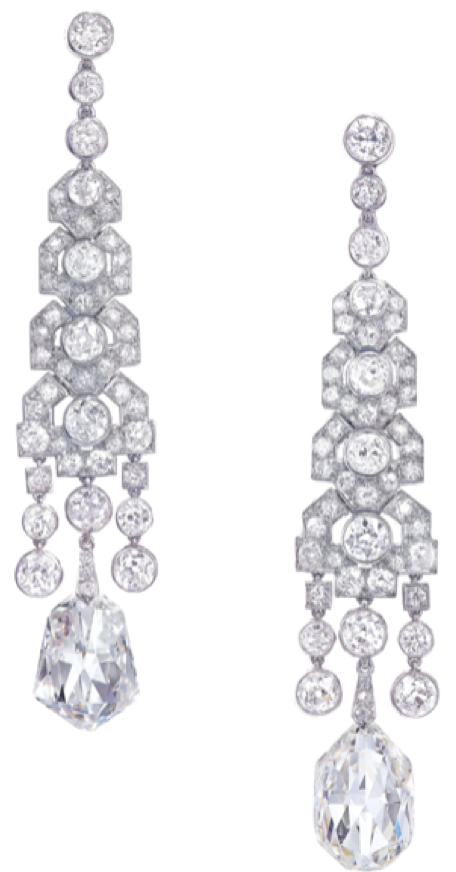
For Jean-Jacques, the excitement of his work at Cartier had never been about the biggest jewel. He was more interested in the quest for original design and exceptional craftsmanship. It was a philosophy that was also a way of life. Inside his house, each piece, whether it was a small bronze sculpture, an oil painting, or a Spanish dining table, was chosen for its intrinsic beauty and placed in just the right position. Everywhere were hints of foreign influence, from the Indian rugs to the Chinese coffee table to the Persian miniatures. The family firm had long used inspiration from all over the world in its jewels, and, just like his father and uncles, Jean-Jacques surrounded himself with eclectic works of art. But he wasn’t trapped in the past. The innovative glass and metal bookcase, which he had designed for the back wall of the sitting room to hold his father’s books, was a manifestation of his “less is more” philosophy.
…
As I spoke to my grandfather delving deeper and deeper into the detail, I began to build a picture of how the firm had operated under over a century of family ownership. He showed me a timeline his father had drawn up decades ago so that he could learn the family history as a boy. He told me how his great-grandfather had struggled through revolution in Paris, how his grandfather had been brilliant with gemstones, and how his father and uncles had taken French luxury overseas
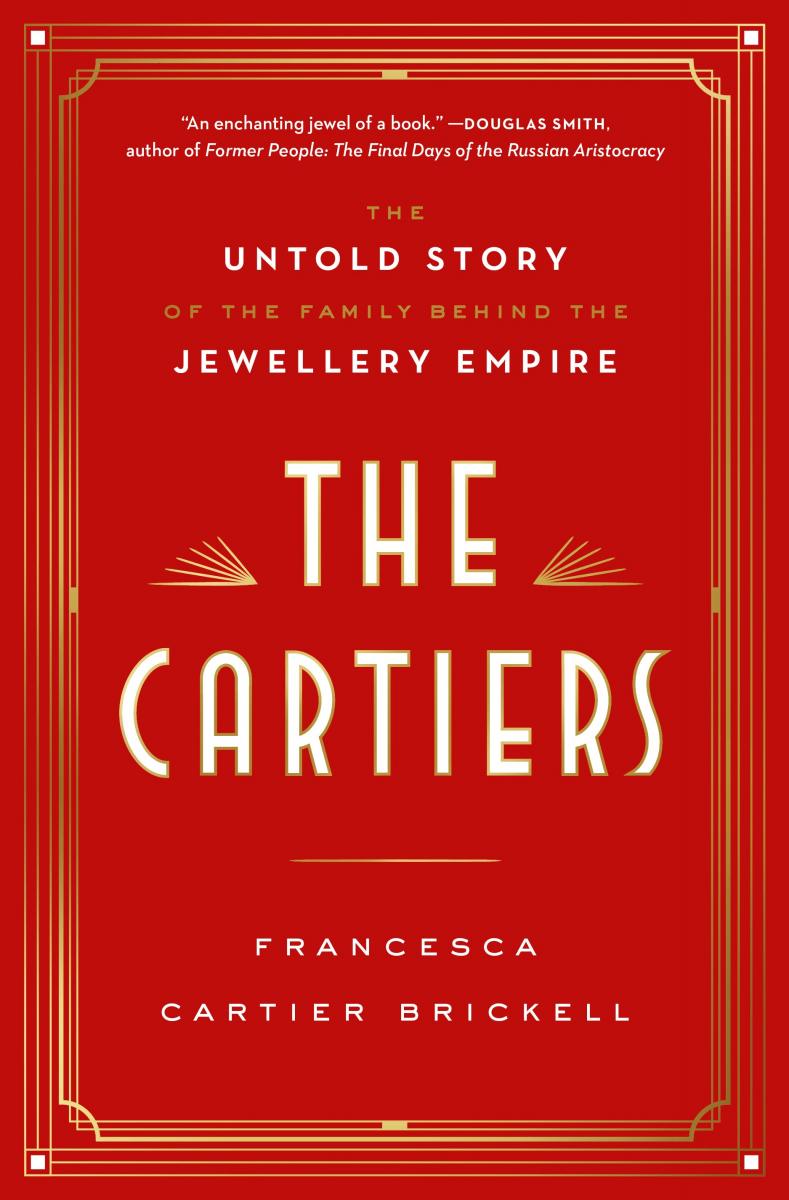
well before the era of globalization. But for me, one of the most gratifying and unexpected rewards of this project was following him through his own life. In the place of the selfless Grandpa I’d always known, I came to see a little boy looking forward to his bedtime stories with his parents; a brave soldier; a young man mourning the loss of the father he had so admired; and a nervous boss taking over a business before he felt ready.
Above right:Francesca’s grandfather Jean-Jacques Cartier in the 1950s. Above left: The three Cartier brothers—Louis, Pierre and Jacques—with their father Alfred in 1922. Cartier earrings (credit: LA Collection Privée).
From the book The Cartiers: The Untold Story of the Family Behind the Jewellery Empire by Francesca Cartier Brickell. Copyright © 2019 by Francesca Cartier Brickell. Published by Ballantine Books, an imprint of Random House, a division of Penguin Random House LLC. All rights reserved.






